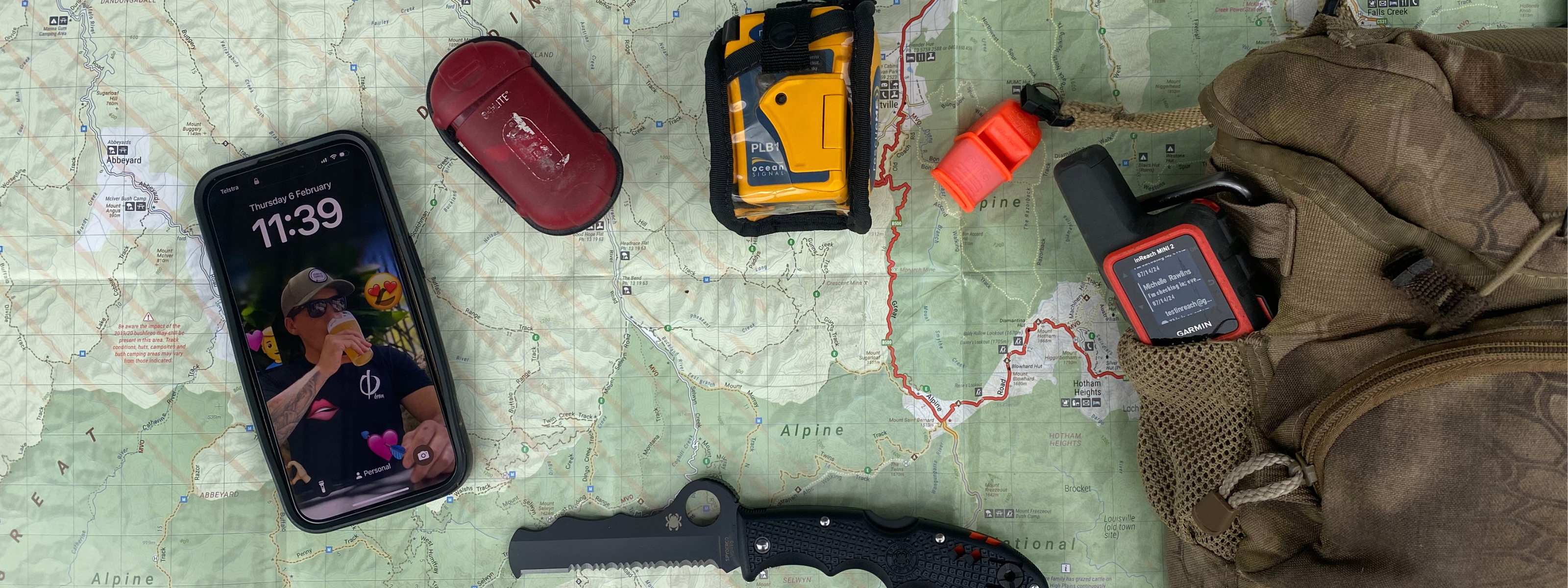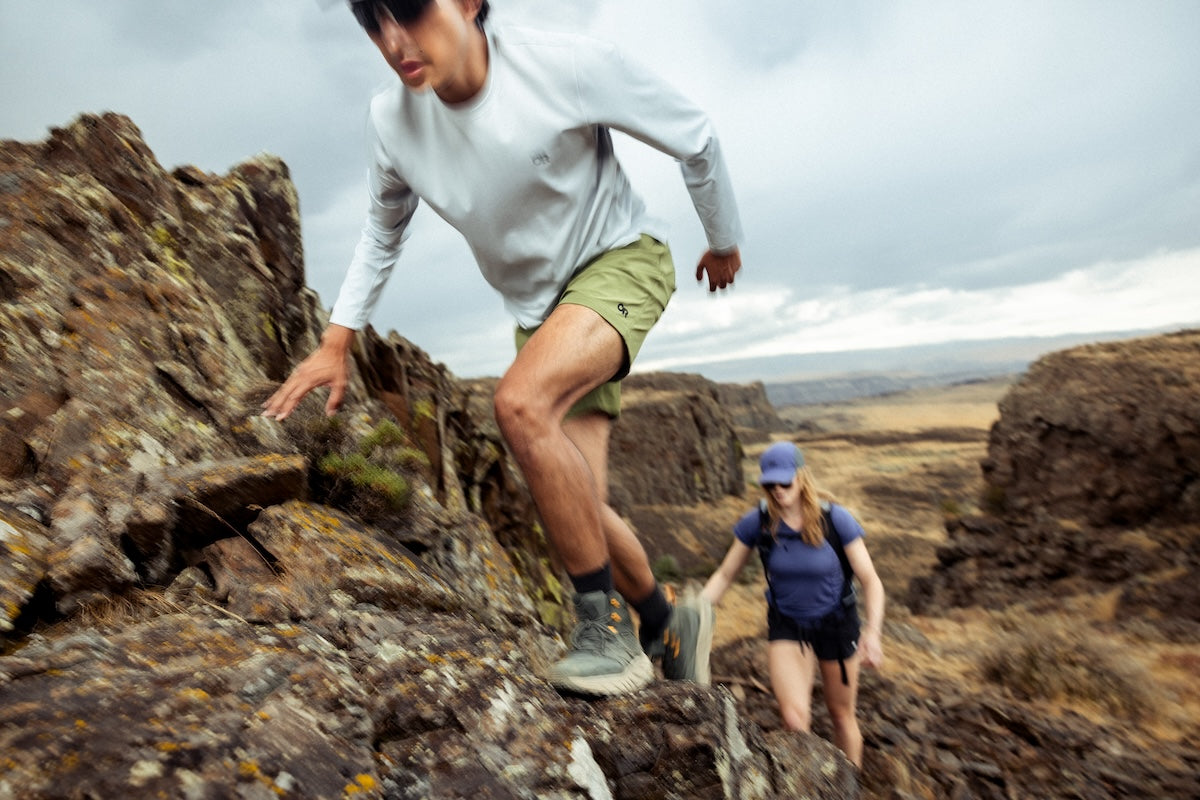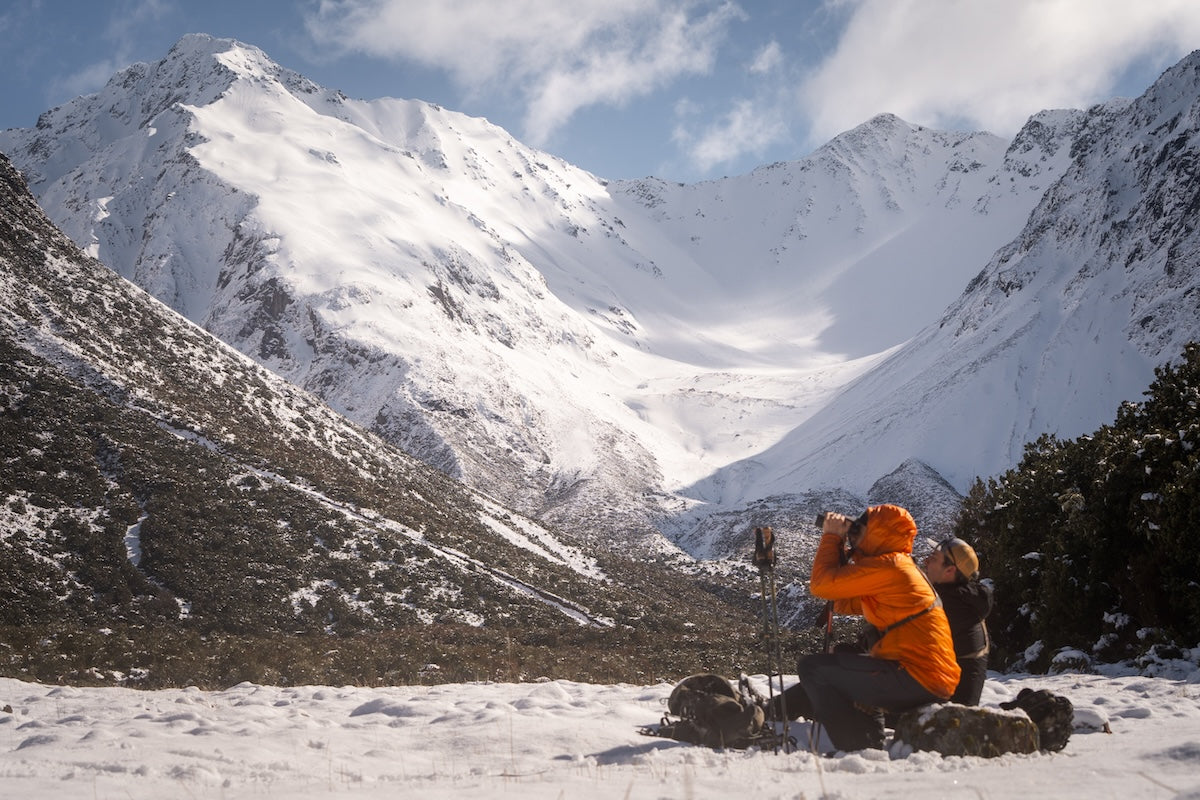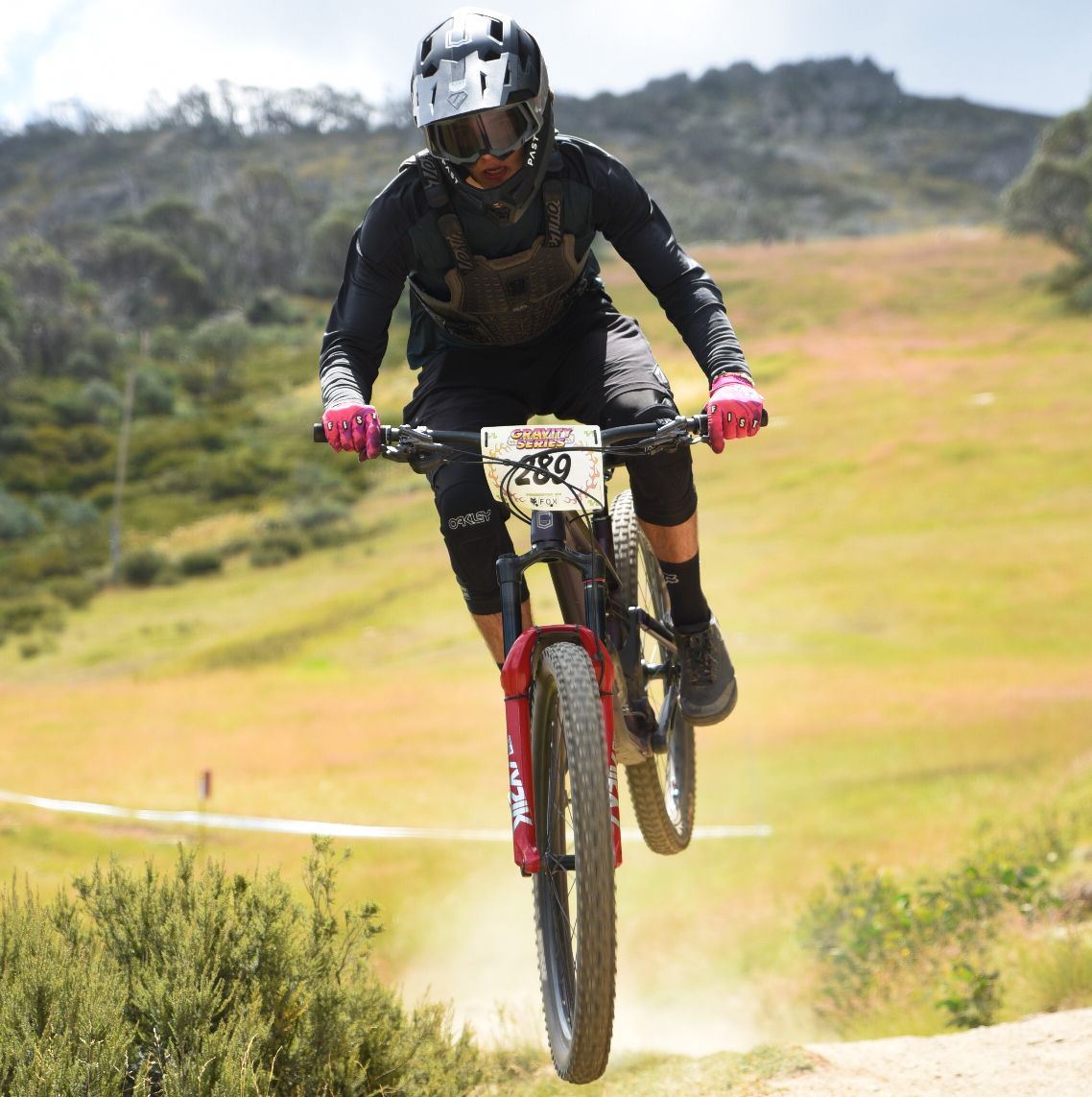
Communications Planning when heading into the outdoors - Part 1
Communication Planning when hiking, camping or backpacking in remote areas
Written by Dave Parker, CEO PAST Outdoors
‘No comms equals no bombs’ is one of the earliest quotes I remember as I was learning to use the latest and greatest radio set in my basic training when I joined the Army back in 1999. Never has there been truer words spoken - without communications, you have no support and no ones knows that you need it.
The same holds true to when you hit the great outdoors. If you need help and no one knows that you need help - you are now relying on ‘hope’.
Why Communication Planning is Essential for Outdoor Adventures
I see so many people obsessing over learning survival skills, having sticks and stones to start a fire and an old sock and moss to filter water - all in the guise of ‘being prepared’. When I ask them - what is your overall plan, what is your comms plan, who is coming to look for you when you miss a timing, or what are your actions on an incident occurring - I get blank looks. The next words I often hear out of their mouths is “well, I hope……”.
Well to put it bluntly, hope is not a plan. Hope and prayers will do absolutely nothing for you when your little day trip does not go as you imagined or ‘hoped’ it would.
In a tech heavy world we have so many options available to us to communicate back home to our loved ones but each of them serve a purpose and have limitations. There is no silver bullet gadget that can work for every occasion - you require a holistic plan that has built in redundancies and has been rehearsed and tested.
PACE
In Special Operations, your life becomes a lexicon of acronyms that only you and your co-workers understand. They all serve a purpose and some become a mantra. One I still use everyday when planning anything is P.A.C.E.
Primary
Alternate
Contingency
Emergency
You can use PACE for anything but in today’s context I am addressing communications and procedures for being isolated. This comms plan is a two way plan. Having four iPhones is not a redundancy. This plan must have multiple forms of communication that are mutually exclusive and collectively exhaustive (MECE).
It may not be you that is in trouble out there, it could be someone at home or another incident that may affect your journey such as a natural disaster or work needs you back to unfuck something. For each stage of the plan you must have a set of pre-planned responses for yourself and those monitoring your journey back at home. I like to use the term ‘actions on’. What will be the actions I or someone else will take if X happens? Let’s break it down.
1. Primary
Best Practices for Outdoor Communication and Safety
What is your primary means of communications for both back to home and between your group? For most, it will be a mobile phone whether it be data, 5G or 4G. This is fair and this is reliable - everyone has one and there are a million other functions that a smartphone provides. In some circumstances they will span the full PACE Plan.
Considerations are durability in adverse weather, submersion in water, extreme heat (shutdown), extreme cold (reduced battery life), signal strength and reliability. Some factors that affect cellular phone reception are; your carrier, fires, floods, remote locations and geography (bottom of steep terrain etc). iPhone 14 and later and some Samsung'shave the ability to use satellite SOS.
This just made your mobile phone a lot more versatile. This still has its limitations for all the above mentioned reasons and from a friend that has first hand experience using his iPhone for an SOS - that battery disappeared quicker than the first beer on a Friday night.
After speaking to some local rescue authorities, the amount of false flags they get from this function is incredible due to phones being dropped or even people using the SOS function for non-emergencies. Similar to people calling 000 for general health advice.

2. Alternate
Exploring Alternate Comms for Remote Adventures
Two is one, one is none. Another Army saying I use daily. Remember - this is an alternate - so your primary is not available or the capacity has been reduced. It must be planned for. It may not necessarily be a piece of hardware either - more often it is a procedure.
This procedure could be pre planned scheduled calls, texts or known periods where you may not be contactable via your primary means such as when hiking, riding, flying or swimming. It may be scheduled times for calls or texts every four hours or so. It should involve knowing the known places you have reliable communications via your primary means that you can return or project forward to. It may also be UHF/VHF radio - but you need to know the limitations of them, who you are talking to and what they can do for you.
The old school ‘we are due back in five days, but allow 6 just in case we take longer’ does not cut it. This is failing to plan and with the options we have these days for communications it’s not acceptable. Failing to plan, is planning to fail.
3. Contingency
Garmin InReach: Staying Connected Beyond Mobile Coverage
This is where things become tricky. And where most people end comms planning. You have to have spent a bit of money to have this part of the plan also. You are now in a position where Primary and Alternate comms are untenable and you must communicate.
You may be in a position where you have missed scheduled calls, are going to be home later than expected or something (not life or limb threatening) is not right - your drive train on your bike or car is busted, a rolled ankle that will slow you down or an unexpected tumble in a river has drowned your primary and alternate means of communication.
This is also where tech jumps in and two-way satellite communications now take your comms plan to the next level. A two way satellite messaging device such as an inReach can provide the stepping stone between your Primary and Emergency means of communication.
It is fantastic for those non life threatening emergencies, staying in touch but also can be used as an emergency SOS device in seconds. It might not be you that has the problem - it could be someone back home that needs to contact you to pull you from your adventure to deal with an emergency at home. 
4. Emergency
An Emergency Personal Locator Beacon: How It Works in a Crisis
This is where there is no question. You need help, you don’t even need to explain it - life or limb is in danger and you need professional assistance from Emergency Services. Time to pull the trigger on a rescue.
In an ideal world you are calling 000, 911, 112 or whatever your country's emergency number is and a highly skilled operator will coach you until rescue is enabled. It’s brilliant, I have done this several times as I have performed first aid on casualties whilst on loud speaker talking to 000 until the Ambos arrived. It is amazing.
The problem is, once you step outside of mobile phone reception you run out of options quickly. Your options may be, two way radio (again, who is on the other end and what capabilities do they have), SOS mode on your mobile phone, provided you are still in range of a tower (not necessarily your providers tower but also satellite enabled with newer smartphones), two-way satellite text or a Personal Locator Beacon (PLB) or Emergency Position Indicating Radio Beacon (EPIRB). If you have all of those options. Hit them all.
Actions On Lost Comms
For you on the ground:
-
Check your devices, reset and fault find in accordance with instructions
-
Try other devices within your group
-
Move to the last known location you had communications
-
If no success, move through your pace plan and move forward or reward to a known and preplanned rendezvous location for recovery.
For those back home monitoring your trip:
-
If a scheduled call is missed attempt to raise communications
-
If communications can not be raised, inform relevant authorities or designated persons on the last known location that you had communications
-
Continue to attempt to raise communications.
So what do I use for communications?
Check out our part two of our communications planning series.
Final Thoughts: Building Confidence with the Right Emergency Gear
When you head into the outdoors, knowing you have the right communication tools—whether a Garmin InReach, a Personal Locator Beacon (PLB), or an emergency personal locator beacon—gives you peace of mind and confidence to explore further. Having reliable devices like a PLB Rescue Me means you’re prepared for the unexpected and can call for help when it truly matters. The right gear doesn’t just improve safety—it empowers you to enjoy every adventure with the reassurance that help is never too far away.





Leave a comment
This site is protected by hCaptcha and the hCaptcha Privacy Policy and Terms of Service apply.